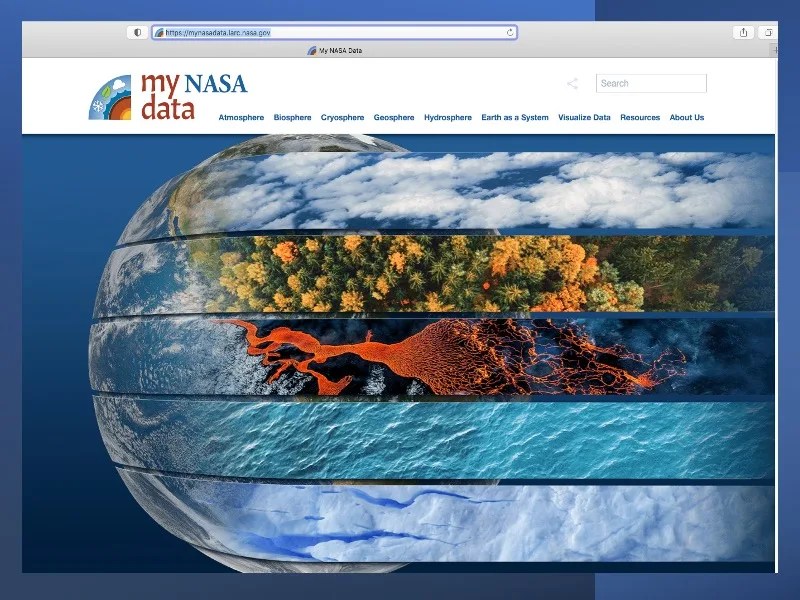Glossary – C
An apparatus for taking photographs, generally consisting of a lightproof enclosure having an aperture with a shuttered lens through which the image of an object is focused and recorded on a _photosensitive film or plate.
Cooperative Agreement Notice. This kind of call results in a cooperative agreement (as opposed to a grant or contract) which might be used to develop a research institute, an extensive educational/public outreach activity or provide technology transfer to develop a capability to enhance U.S. competitiveness.
All parts (reservoirs) and fluxes of carbon. The cycle is usually thought of as four main reservoirs of carbon interconnected by pathways of exchange. The reservoirs are the atmosphere, terrestrial biosphere (usually includes freshwater systems), oceans, and sediments (includes fossil fuels). The annual movements of carbon, the carbon exchanges between reservoirs, occur because of various chemical, physical, geological, and biological processes. The ocean contains the largest pool of carbon near the surface of the Earth, but most of that pool is not involved with rapid exchange with the atmosphere.
The transfer of carbon from one carbon pool to another.
The uptake and storage of carbon. Trees and plants, for example, absorb carbon dioxide, release the oxygen and store the carbon. Fossil fuels were at one time biomass and continue to store the carbon until burned.
Chesapeake Bay Watershed Initiative
Charge-coupled device
Climate Change Science Program
Cold Dark Matter
Cooperative Institute for Research in Environmental Sciences
Is a numerical model that resolves cloud-scale (and mesoscale) circulations in either two or three spatial dimensions.
Cosmic Microwave Background
Coronal Mass Ejection
A person who plays a significant role on a proposed project and usually receives funding from that grant.
A person who shares the direction of and responsibility for a proposed project.
Carbon dioxide
to arise from the combination of distinct elements
A small body, of mostly ice and dust, in orbit around the Sun or passing through the solar system in large orbits. While passing near the Sun, the comet's vaporized ice becomes its two tails, a bright white one composed of dust, and a blue one made up of ionized gas.
Constellation-X
The physical upwelling of hot matter, thus transporting energy from a lower, hotter region to a higher, cooler region. A bubble of gas that is hotter than its surroundings expands and rises. When it has cooled by passing on its extra heat to its surroundings, the bubble sinks again. Convection can occur when there is a substantial decrease in temperature with height.
The deflection of moving objects (air and water currents) due to the rotation of the Earth--to the right in the northern hemisphere, and to the left in the southern.
Huge bursts of solar wind rising above the Sun's corona. One of the biggest explosions in our solar system. Read more about CMEs: http://helios.gsfc.nasa.gov/cme.html
Albert Einstein's theory of relativity predicted that the Universe must either expand or contract. Believing the Universe to be static-neither expanding nor contracting-he added an extra term to his famous equations, the "cosmological constant" term represented by the Greek letter lambda (Λ). With this added term, his equations allowed for a "static" Universe.
When Edwin Hubble's studies indicated the Universe was expanding, Einstein called it "the greatest blunder of my life." However, this declaration may have been premature. Studies in the 1990's suggest the universe is not only expanding but doing so at an accelerating rate, making the cosmological constant a subject of renewed interest among astrophysicists.
A branch of astronomy that deals with the origin, structure, and space-time relationships of the universe.
Of or relating to the production of very low temperatures.




